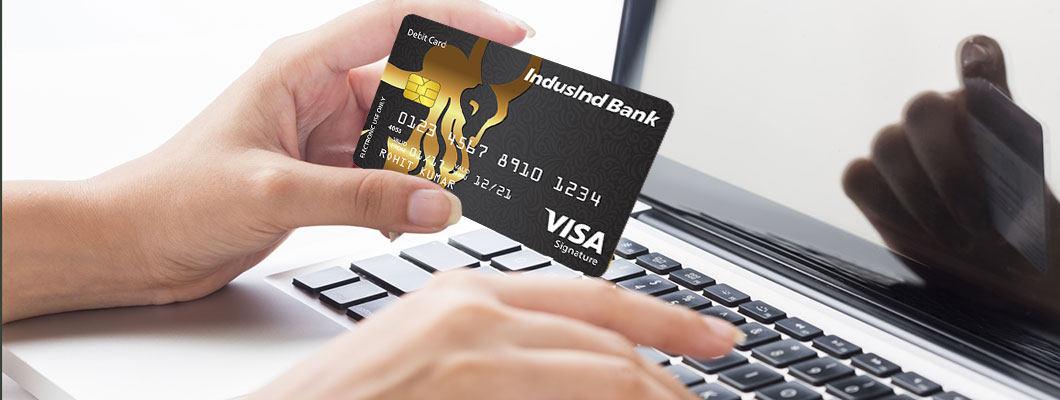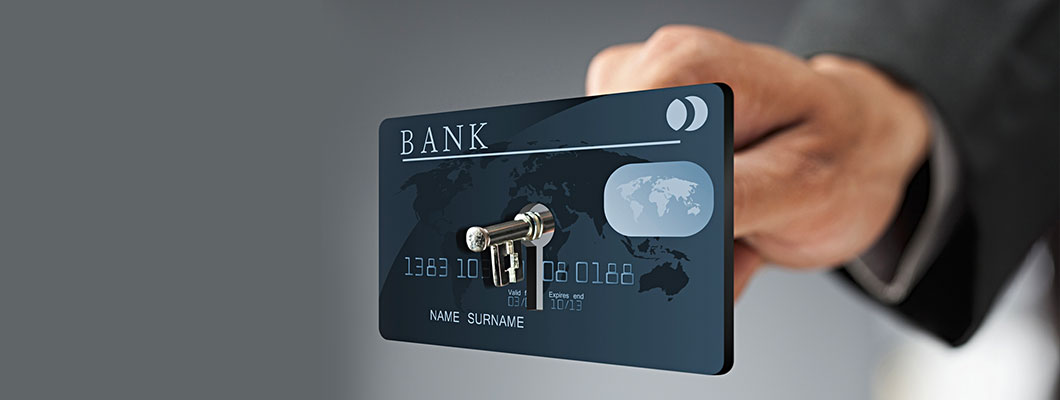
Know Your Debit Card – Here are Some of the Important Features
Posted on Thursday, October 8th, 2020 | By IndusInd Bank
Plastic is the currency of the 21st century. Over the past few years, debit cards have changed the face of payments, be it online or offline. You no longer have to worry about carrying cash; wherever you go, debit cards are easily accepted and you can pay at the click of a button.
The Many Advantages of a Debit Card
Debitcards are payment cards that use your account (savings or current) balance. Oneof the most significant advantages of debit cards is that they are widelyaccepted throughout the world. Another obvious advantage is that they makecarrying cash, which can be a hassle, redundant. Should you need cash at anymoment, you can go to the nearest ATM and swipe your card. Debit cards alsokeep you debt-free, by only allowing you to spend the money you already have inyour account.
To make the best use of your debit card, it is essential you know its various features.
Know These Components of a Debit Card
Here are some key parts of your debit card. Especially if you’re new to them, below are some things to know to familiarise yourself with your card and make transactions easier.
Bank Logo
The bank responsible for issuing the debit card will have its logo on it. This logo will usually be at the front side of the card to ensure visibility.
Card Number
The card’s number is a 16-digit number on the front of your debit card. This number is unique to your card and is vital for all transactions you make over a phone or online.
EMV Chip
The EMV Chip is an acronym for Europay, Mastercard, and Visa. The primary purpose of this chip is to protect you from debit card fraud by initialising the PIN payment method.
Issue and Expiry Date
As the name suggests, the issue date is when the bank provides you with the debit card. You can utilise it until the expiry date. After the expiry date, you will have to renew the card to continue using it.
Customer Service Number
In case of theft, fraud, or loss of your debit card, you can call the customer service number. This number is toll-free, and you can usually find it at the back of your card in case of any queries or other issues with your debit card.
CVV Number
The CVV stands for Card Verification Value number. Like your debit card number, this number is also unique. You will need your CVV number whenever you make any online transactions.
Signature Bar
At the back of your card, you can find a signature bar. You must sign it as soon as you receive it to protect yourself from debit card fraud.
Payment Network Logo
The Payment Network Logo will help you identify the kind of card you are using. It is usually either Visa, Mastercard or Rupay. You can use the card at any merchant or ATM which bears the same logo. For example, you can use the IndusInd Bank debit card at a variety of locations across the country.
Magnetic Chip
The magnetic chip is a black coloured strip across the back of the card. Card readers and ATMs use the magnetic chip to access your account information for an offline transaction.
Choose From a Range of Debit Cards at IndusInd Bank
Yourdebit card comes loaded with a range of features, not just to help you maketransactions online and offline, but to also protect you from fraudulenttransactions. At IndusInd Bank, you can choose from an extensive collection ofdebit cards, designed to meet different needs and suit your lifestyle. Ourdebit cards allow you to shop at over 26 million merchants across the world, aswell as offer exclusive reward points for shopping, travel, and more. You alsoget to enjoy attractive offers across categories with our cards.
Get in touch with IndusInd Bank today to explore our entire range of debit card offerings.
Disclaimer: The information provided in this article is generic in nature and for informational purposes only. It is not a substitute for specific advice in your own circumstances. Hence, you are advised to consult your financial advisor before making any financial decision. IndusInd Bank Limited (IBL) does not influence the views of the author in any way. IBL and the author shall not be responsible for any direct/indirect loss or liability incurred by the reader for taking any financial decisions based on the contents and information.



 Offers
Offers Rates
Rates Debit Card Related
Debit Card Related Credit Card Related
Credit Card Related Manage Mandate(s)
Manage Mandate(s) Get Mini Statement
Get Mini Statement
 categories
categories Bloggers
Bloggers Blog collection
Blog collection Press Release
Press Release


